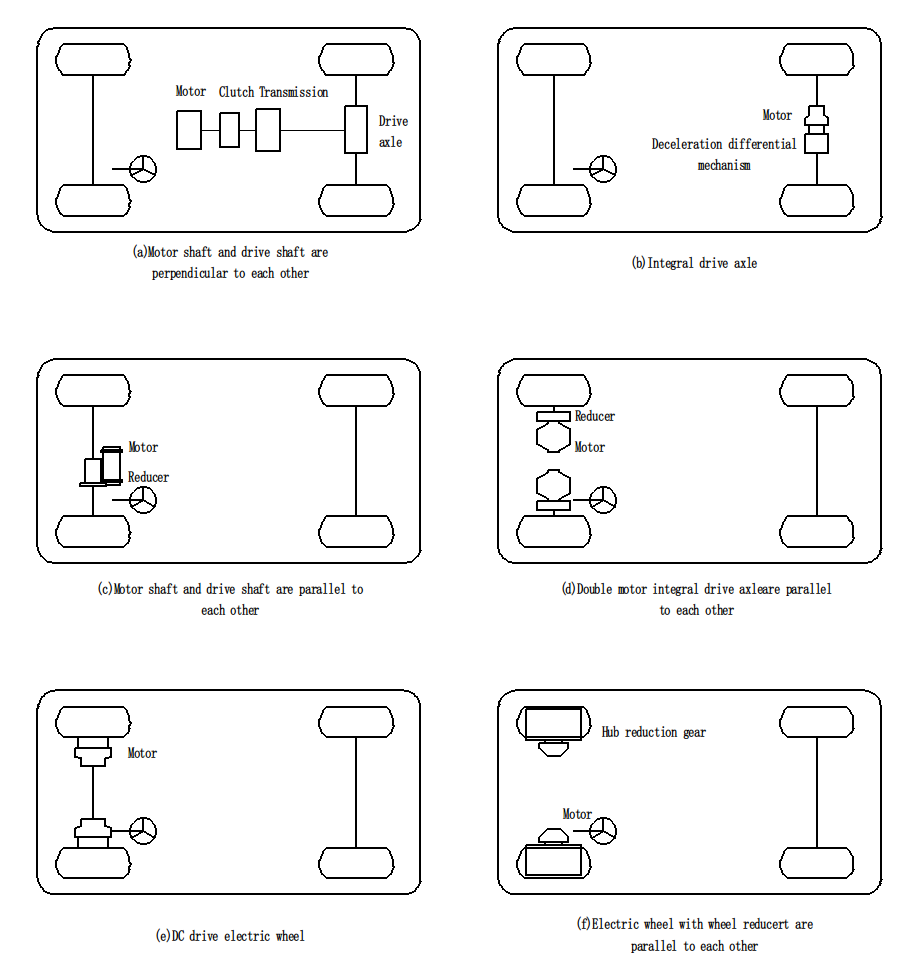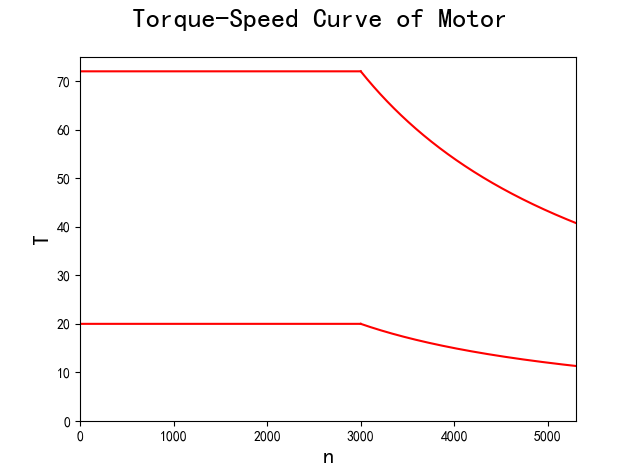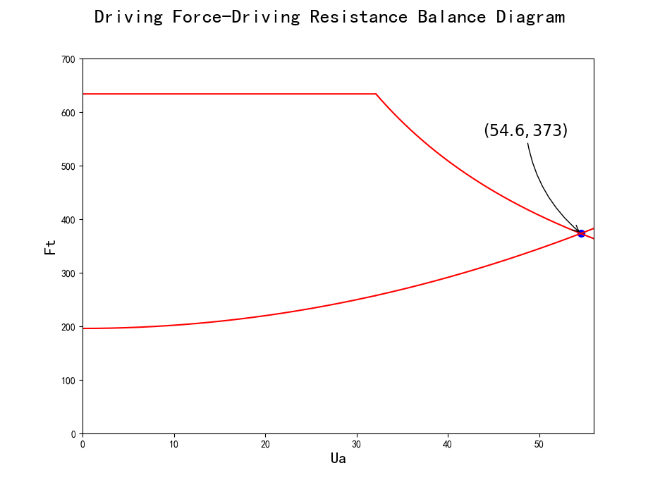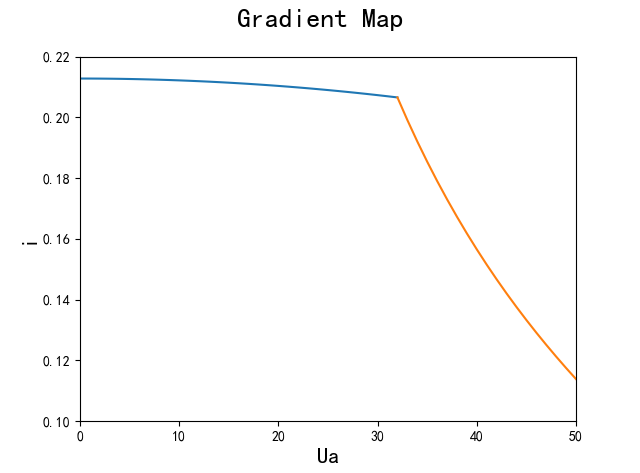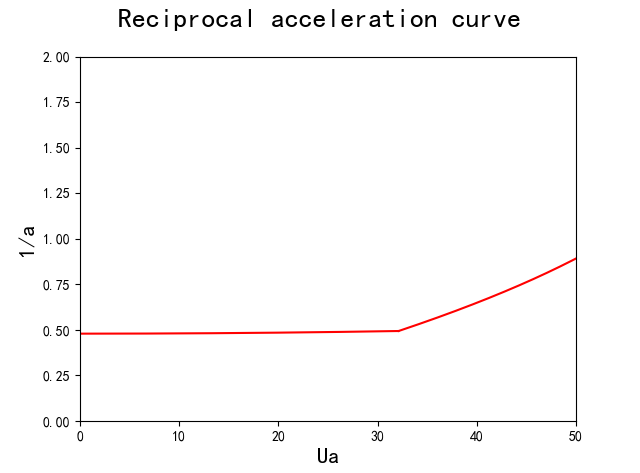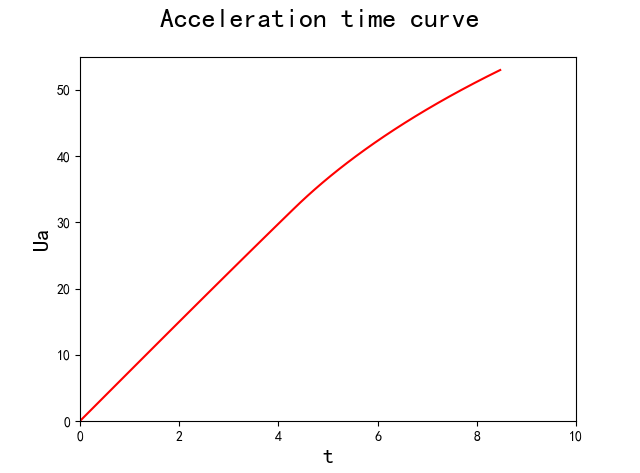无人纯电动物流车总体设计毕业论文
2020-02-17 17:11:23
Wuhan University of Technology Graduation Design (Thesis)
The overall design of the unmanned pure electric logistics vehicle
School: School of International Education
Specialty amp; Class: Automotive Engineering gj1502
Name: Liu li
Tutor: Yu Houyu
Statement of Degree Thesis originality
I solemnly declare:The thesis submitted is the research result independently obtained by myself under the guidance of my tutor. Except for the contents specifically quoted in this thesis, this thesis does not include any other works that have been published or written by individuals or groups. I fully understand that the legal consequences of this statement are borne by me.
Author’s Signature:
Date:
Using Authorization of Thesis copyright
The author of this thesis fully understands the provisions of the school regarding the protection and use of thesis, and agrees that the school retains and sends copies and electronic versions of the thesis to the relevant thesis management departments or institutions, allowing the thesis to be viewed and borrowed. I authorize the provincial excellent bachelor thesis selection institution to compile all or part of the thesis into relevant data for retrieval. The thesis can be saved and compiled by photocopying, printing or scanning.
The thesis belong to 1、Confidentiality囗,Apply this authorization after the year of declassification)
2、No Confidentiality囗 .
(Please type “√” in above relevant block)
Author’s Signature: Date:
Tutor’s Signature: Date:
Abstract
In recent years, China's e-commerce logistics industry has developed rapidly, which has put forward higher requirements for distribution efficiency. In China's freight system, the proportion of express, rapid transportation and bulk freight markets is around 10%, 75% and 15%. In the freight market, the market share of express transport is the largest, but the decline in the market share of transport companies is the most serious. Although in recent years, with the development of artificial intelligence technology, the logistics industry has achieved a certain degree of progress in reducing costs and increasing efficiency. However, artificial intelligence is still in the technical reserve period, and it will take time to fully improve its performance. The use of universal delivery vehicles in production and life is still relatively traditional and inefficient. The entire industry is still waiting for new technological breakthroughs. From the current market demand, intelligent hardware such as unmanned vehicles and drones has become an effective tool for enterprises to promote their own development and improve logistics efficiency. Due to these reasons, the design of unmanned pure electric logistics vehicles needs to be carefully considered.
In this paper, electric unmanned logistics vehicle is studied. The overall selection and design optimization is carried out with Catia, Caxa, Python and other software and programming languages. Firstly, the overall design scheme of the unmanned electric vehicle is analyzed according to the design principles and related regulations and standards. The performance requirements of the automatic driving, is measured according to the environment sensing system, the decision planning system and the control execution system. Then the main technical parameters of the vehicle, including dimensions, quality and performance parameters are determined.
Finally, the structural types, characteristic parameters and arrangements of the main assemblies of the chassis are determined. Through the vehicle design calculation and analysis, it is ensured that the vehicle has reasonable power, driving range, braking performance, steering stability, driving comfort and passability.
Key Words:miniature pure electric logistics vehicle;driverless;overall design
Contents
Chapter 1 Introduction 1
1.1 The principle of electric vehicles 1
1.2 Types of electric vehicle 1
1.2.1 Electric vehicle with pure battery as power source 1
1.2.2 Electric vehicle with auxiliary power source 1
1.3 Electric vehicle structure 2
1.4 Electric vehicle drive system layout 2
1.4.1 Traditional drive mode 2
1.4.2 Motor-drive axle combined drive mode 3
1.4.3 Motor-drive axle integral drive mode 3
1.4.4 Hub motor drive mode 3
1.5 Electric car features 3
1.6 Key technologies for electric vehicles 4
1.7 Overview of driverless vehicle 6
1.8 Chinese and foreign research status 7
Chapter 2 The form of unmanned pure electric logistics vehicle and the choice of main parameters 9
2.1 Choice of car form 9
2.2 Selection of main parameters 9
2.2.1 Main dimensions 9
2.2.2 Quality parameter 10
2.2.3 Determination of performance parameters 10
Chapter 3 Matching of power system and transmission system parameters 12
3.1 Motor parameter design 12
3.2 Motor selection 13
3.3 Drive train ratio design 14
3.4 Battery pack capacity design 15
Chapter 4 Selection of chassis assembly 17
4.1 Tire selection 17
4.2 Selection of other components and assemblies 17
Chapter 5 Body styling design 19
Chapter6 Selection of driverless system 20
6.1 Environmental awareness system 20
6.2 Decision planning system 20
6.3 Control execution system 21
Chapter 7 Car performance analysis 22
7.1 Check the maximum speed 22
7.2 Check the maximum grade 22
7.3 Check the acceleration performance 23
7.4 Evaluation of brake performance 24
7.5 Evaluation of passability 26
7.6 Evaluation of handling stability 27
7.7 Ride comfort analysis 30
Chapter 8 Conclusion 33
References 36
Acknowledgement 37
Chapter 1 Introduction
1.1 The principle of electric vehicles
The pure electric vehicle is powered by vehicle power and driven by motor. It meets the requirements of road traffic and safety regulations, and generally uses high efficiency rechargeable battery as power source. Pure electric vehicles do not need to use internal combustion engines. Therefore, the electric motor of pure electric vehicles is equivalent to that of traditional automobiles. The battery is equivalent to the original fuel tank, and the electric energy is the secondary energy, which can come from many kinds of energy sources such as wind energy, water energy, heat energy, solar energy and so on[1].
1.2 Types of electric vehicle
Electric vehicle can be divided into two types, namely electric vehicles using pure batteries as power sources and electric vehicles with auxiliary power sources.
1.2.1 Electric vehicle with pure battery as power source
An electric vehicle using a single battery as a power source has only a battery pack, and its power and power transmission system is shown in Figure 1.1.

Figure 1.1 Electric vehicle with pure battery as power source
1.2.2 Electric vehicle with auxiliary power source
For an electric vehicle using a single battery as a power source, parameters such as the specific energy and power of the battery are low, and require high quality and large volume of the battery pack. However, in electric vehicle with auxiliary power sources, supercapacitors, generator sets, and solar energy are added to improve the starting performance and increase the driving range of the electric vehicles. The power and power transmission system of an electric vehicle equipped with an auxiliary power source is shown in Figure 1.2.
以上是毕业论文大纲或资料介绍,该课题完整毕业论文、开题报告、任务书、程序设计、图纸设计等资料请添加微信获取,微信号:bysjorg。
相关图片展示:
